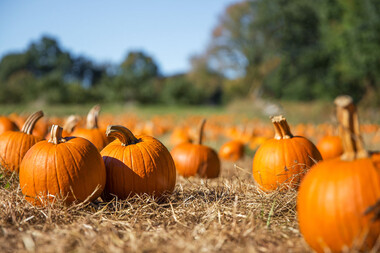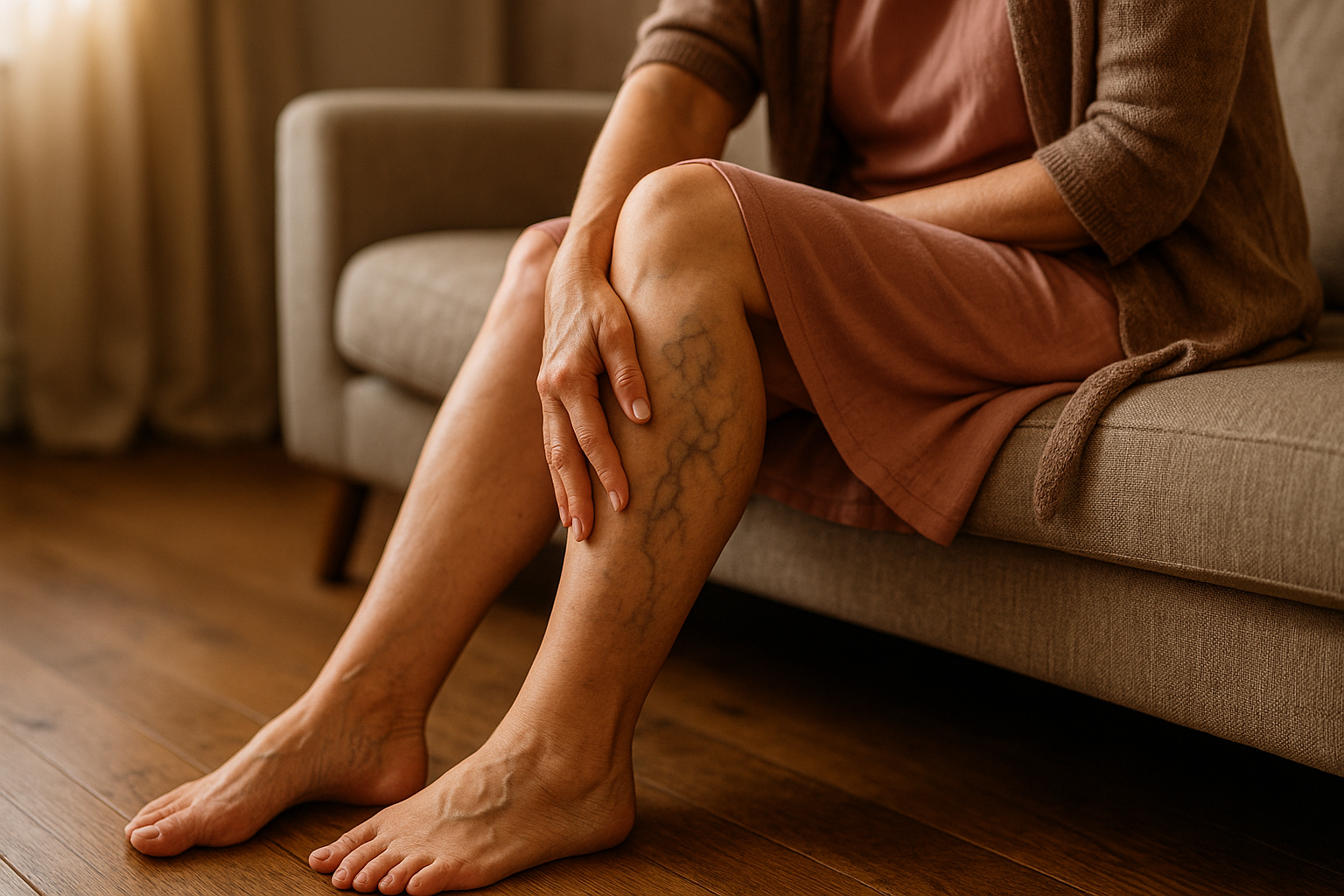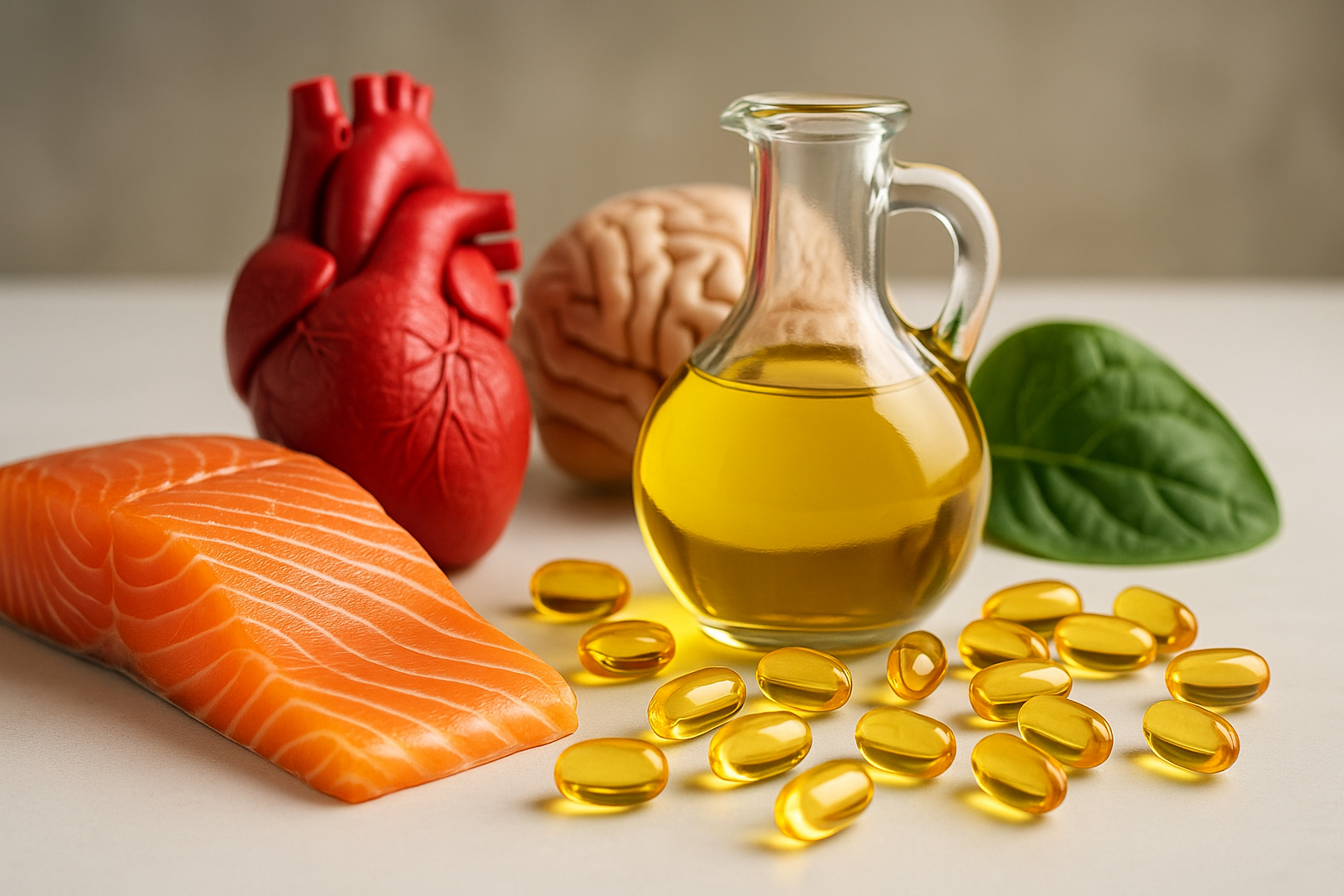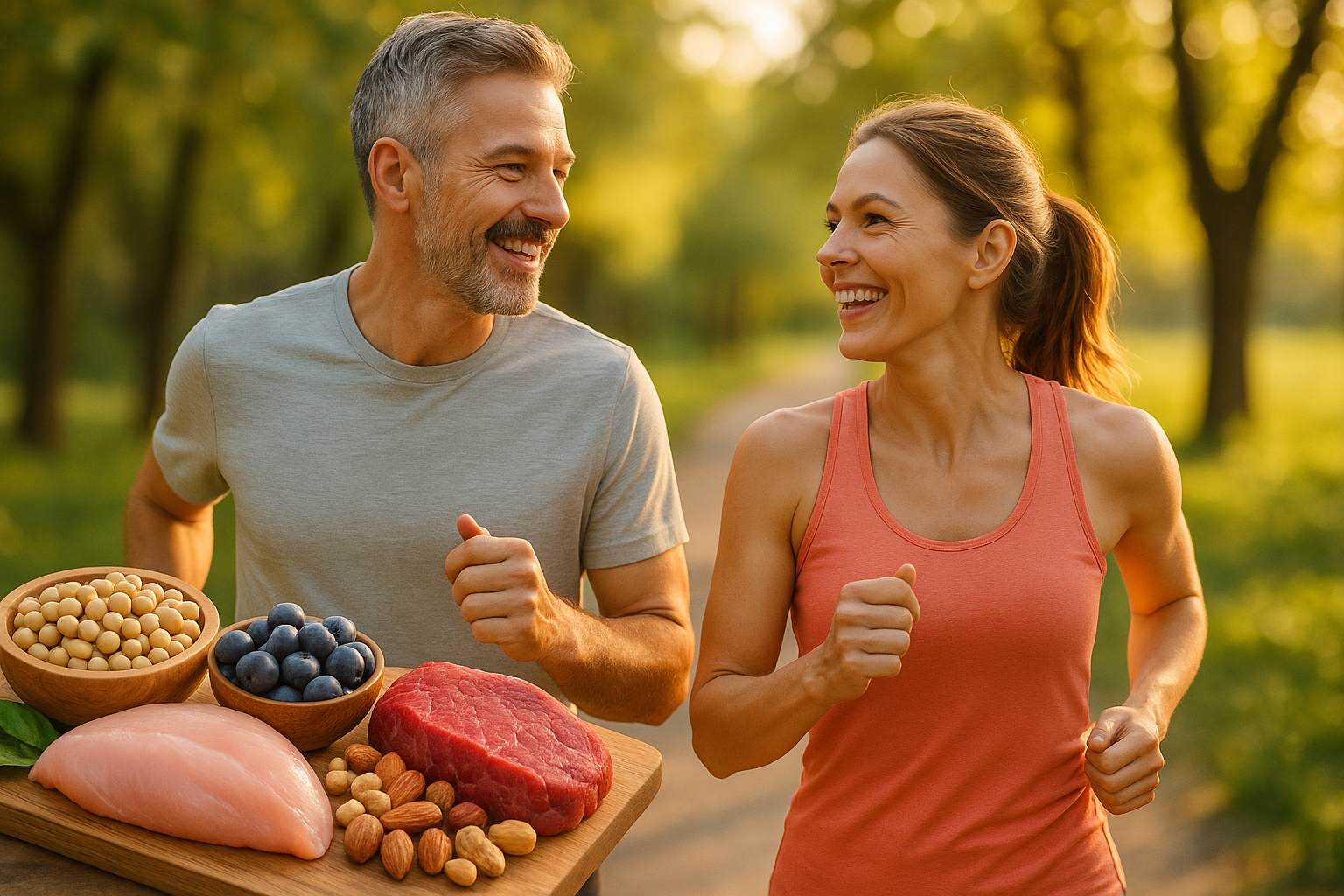
Pumpkins are not just for carving scary or funny faces into on Halloween or for making a delicious autumn soup. The large spheres, which are commonly called vegetables but are classified by botanists in the berry family, are not only tasty and versatile - but also very healthy. Both the flesh and the seeds of the pumpkin contain valuable fibre, minerals and vitamins.
There are around 500 varieties of pumpkin - and many of them are very healthy. Both the seeds and the flesh contain valuable vitamins and minerals. All varieties of the pumpkin plant known today go back to wild species that were originally native to Central and South America. It is assumed that the indigenous people of the American continent already cultivated the vegetable around 10,000 BC. However, presumably only the oil-containing seeds of the pumpkins were used as food for thousands of years.
Therefore, pumpkins are among the oldest cultivated plants in the world, much older than maize and beans. For the Navajo tribe, for example, the pumpkin was a sacred plant. Christopher Columbus, in turn, described the pumpkin as the most important food plant of the Indians and Aztecs, and in America the enthusiasm for pumpkins continues to this day. In the United States, pumpkin pie is traditionally eaten on certain occasions (Thanksgiving, for example). Speaking of Christopher Columbus, he was the first European to hold a pumpkin in his hand. Thanks to him, today we can benefit from the great properties of his souvenir. The Indians already used its leaves and juice to treat wounds and burns, and New Zealand also benefited from the pumpkin: the Maori brought it with them when they made the country theirs more than 1000 years ago. They had it in their luggage together with other useful plants such as the sweet potato.
Pumpkin seeds are still used today for tapeworms
By the way: Already in the Middle Ages, people knew about the healing powers of the pumpkin and used it as a remedy against tapeworms - very effectively due to the piperazine contained in the seeds. In addition, the pumpkin has proven itself in the treatment of urinary tract infections and complaints in the gastrointestinal tract. Its flesh has a diuretic effect and also has a regulating effect on cholesterol levels. And pumpkin even helps against constipation, because its consumption has a mild laxative effect. The seeds are still used today for tapeworms. The flesh has a healing and beneficial effect on the stomach, obesity, gout, rheumatism, heart problems, kidney weakness and constipation.
In addition, the largest of all berry fruits, which is cultivated in gigantic proportions in numerous countries and awarded prizes in competitions, is considered a true vitamin and mineral bomb: it is rich in provitamin A, vitamin C and E, folic acid as well as magnesium, potassium, calcium and zinc. With only about 25 calories per 100 grams of pumpkin flesh, the pumpkin also established itself as a tasty slimming agent. Similar to melons and cucumbers, it consists of about 90 percent water. However, it is not the garden pumpkins that are used for medicinal purposes. Only soft-skinned or skinless varieties are used for this purpose, which are preferably grown in Hungary or Styria.
Pumpkin seeds stimulate the production of the "happiness hormone" serotonin.
The flesh and seeds of the pumpkin contain many valuable ingredients. For example, the flesh contains plenty of vitamins, minerals and fibre such as beta-carotene, potassium, calcium, magnesium and iron. The seeds, in turn, stimulate the production of the "happiness hormone" serotonin. Serotonin is particularly important when it comes to metabolising emotions and urges. If there is a deficiency, the mood is quickly in the basement. Omega-3 fatty acids also have a positive influence on health. They can lower blood pressure, have an anti-inflammatory effect and have a positive influence on fat metabolism. Vitamin E and linoleic acid in pumpkin seed oil can lower elevated cholesterol levels and prevent cardiovascular diseases.
For pumpkin seed oil, selected pumpkin varieties are dried, ground, roasted and pressed at temperatures of about 60 degrees. The oil content of the seeds is around 50 percent. The main components are palmitic acid, stearic acid, oleic acid and linoleic acid. Especially the latter is of great nutritional importance because it cannot be produced by the body itself. The oil is rich in vitamins E, B1, B2 and B6 as well as A, C and D. Carotenoids and porphyrins, which help protect the skin from sunlight and environmental influences, give the oil its dark green colour.
Pumpkin seeds for the treatment of various forms of bladder weakness.
Pumpkin can also help with a really unpleasant problem like bladder weakness. For both men and women, pumpkin seed has proven its worth in the treatment of various forms of bladder weakness. The positive practical experience is supported by the results of clinical and pharmacological studies. For example, the seeds are considered a herbal remedy to strengthen the bladder muscles and thereby regulate the frequent urge to urinate, as occurs with irritable bladder. The Natura Vitalis product "Phytosterol" contains a sophisticated combination of natural substances that can support the well-being of the bladder of mature men over 50. The substances pumpkin seed, phytosterols, nettle, wild yam, pumpkin seed, isoflavones and the important saw palmetto extract have long enjoyed a reputation as the "men's substances" that can support the feeling of well-being - especially in the "menopause" of men.
This text may contain translation errors as the translation was done by
an online translation tool.










